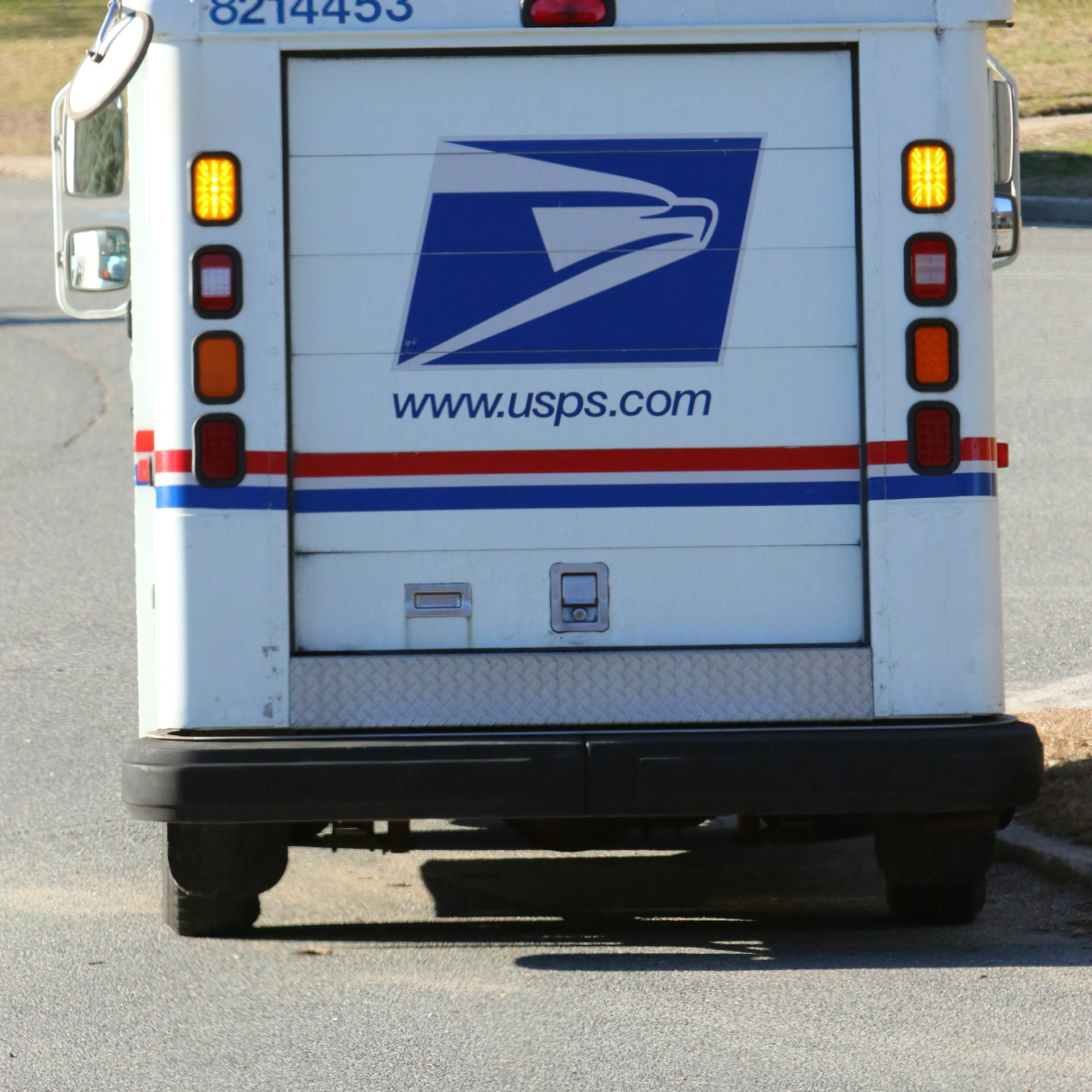Key Takeaways
-
If you’re Medicare-eligible and skip Part B, your Postal Service Health Benefits (PSHB) plan may reduce or even deny benefits entirely.
-
Enrolling in Medicare Part B is mandatory for most PSHB annuitants and family members as of 2025—failure to enroll could leave you responsible for major out-of-pocket costs.
Why Medicare Part B Is Now Essential to PSHB
Starting in 2025, the PSHB program introduces a pivotal shift that affects your health coverage. If you’re enrolled in PSHB and you’re eligible for Medicare Part A, you are likely required to enroll in Medicare Part B to keep your PSHB plan fully functional.
This isn’t just a recommendation—it’s part of the new coordination rules introduced with the Postal Service Health Benefits system. Unless you fall under specific exceptions, skipping Part B can make your PSHB plan act as if you’re already covered by it. In effect, you’d be left paying out-of-pocket for services that PSHB assumes Medicare will cover.
Who Must Enroll in Part B in 2025
You’re required to enroll in Medicare Part B if:
-
You’re a USPS annuitant or eligible family member and
-
You’re entitled to Medicare Part A, and
-
You are not exempt under the specific PSHB grandfathering rules.
Exceptions That Apply
You may be exempt from the Part B requirement if:
-
You retired on or before January 1, 2025 and are not already enrolled in Part B
-
You are actively employed and aged 64 or older as of January 1, 2025
-
You reside overseas where Medicare coverage doesn’t apply
-
You’re enrolled in Indian Health Services or qualify for other government care exceptions
If none of these apply to you, then enrolling in Part B is not optional.
How PSHB Coordinates With Medicare Part B
PSHB plans in 2025 are structured to work with Medicare—not in place of it. Here’s how the coordination generally works:
-
Medicare Part B pays first (primary payer) for most outpatient and physician services.
-
PSHB then pays as secondary, covering remaining costs like copayments, coinsurance, and deductibles.
But if you skip Medicare Part B when required:
-
PSHB treats you as if you have Part B, meaning it will only pay secondary—even though no primary payment is being made.
-
This leaves you responsible for the full cost of services Part B would have covered.
That’s where the danger lies. Your PSHB plan doesn’t automatically switch to full coverage if you skip Part B—it reduces coverage under the assumption that Medicare pays first.
What You Risk By Skipping Part B
Skipping Part B could leave you exposed to substantial medical costs, especially for outpatient care. Here’s what that looks like in 2025:
-
You may owe 100% of the Medicare-approved amount for outpatient services that your PSHB plan doesn’t cover as primary.
-
Doctor and specialist visits, lab tests, durable medical equipment, and outpatient surgeries may not be covered.
-
Even emergency room visits that don’t result in inpatient admission may leave you footing the full bill.
In short, skipping Part B when it’s required turns your PSHB plan into a partial safety net, not a complete one.
Late Enrollment Penalties and Waiting Periods
Another critical concern is the penalty you’ll face if you decide to enroll in Part B later:
-
For every 12-month period you could’ve had Part B but didn’t, your premium increases by 10%—for life.
-
You can’t enroll in Part B anytime—you’ll have to wait for the General Enrollment Period (January 1 to March 31 each year).
-
Your coverage won’t begin until July 1, even if you enroll early in the year.
That’s months without adequate coverage and years of increased costs—just for skipping the requirement.
The PSHB Prescription Drug Integration Adds Another Layer
In 2025, most PSHB plans automatically enroll Medicare-eligible members into an enhanced prescription drug plan through Medicare Part D. This Employer Group Waiver Plan (EGWP) gives you:
-
A $2,000 out-of-pocket cap for prescriptions
-
A broader pharmacy network
-
Improved drug pricing and access
But you must be enrolled in Medicare Part B to access this benefit through PSHB. Skipping Part B can disqualify you from this important drug coverage component.
How This Affects Your Dependents
If your spouse or another covered family member is eligible for Medicare, they must also enroll in Part B to avoid reduced PSHB benefits. Each person’s eligibility and Part B status is assessed individually.
You can’t assume that your enrollment alone protects your whole family. Each member must meet the requirement.
What to Do If You’re Unsure About Your Medicare Status
If you’re not certain whether you’re required to enroll in Part B, take the following steps:
-
Check your Medicare eligibility via the Social Security Administration or Medicare.gov
-
Review your annuitant status and age as of January 1, 2025
-
Read any communications from OPM or your plan administrator for guidance on your specific situation
-
Contact a licensed agent listed on this website to confirm what action you need to take
Common Myths About Part B and PSHB
Let’s clear up a few misconceptions that could put you at risk:
-
“I don’t need Part B if I already have PSHB.” — Not true in 2025. The plan assumes you have Part B and adjusts its coverage accordingly.
-
“My PSHB plan will cover everything if I skip Medicare.” — Also false. PSHB coverage becomes secondary even if you don’t have a primary payer.
-
“I can always enroll in Part B later without penalty.” — You’ll face lifelong late enrollment penalties and coverage delays if you miss your initial eligibility window.
Important Timeframes to Remember in 2025
-
Initial Enrollment Period (IEP): Starts 3 months before your 65th birthday and ends 3 months after.
-
General Enrollment Period (GEP): Runs January 1 – March 31 each year if you miss your IEP.
-
PSHB Open Season: Occurs each November to December—used for making changes to your PSHB plan, not for enrolling in Medicare.
These periods don’t overlap. Missing one doesn’t get you into another.
The Financial Trade-Off Isn’t Worth It
Some retirees may hesitate to pay the Medicare Part B premium. But in 2025, the standard premium is $185/month. While that’s a real cost, it’s far less than what you’d pay out-of-pocket for uncovered outpatient surgeries or chronic disease management if you skip Part B.
Plus, many PSHB plans offer reduced deductibles, lower coinsurance, and even partial reimbursement for Part B premiums—meaning the net cost to you could be even lower.
In every scenario where Part B is required, skipping it ends up being more expensive.
Protecting Your Full Coverage in 2025 and Beyond
To make your PSHB plan work the way it’s designed to in 2025, Medicare Part B enrollment is essential. It’s not a backup; it’s part of the core structure. The new rules have fundamentally changed how these plans operate for retirees.
If you or your covered dependents are Medicare-eligible, take the steps now to verify your enrollment and understand your obligations.
Stay Covered the Way PSHB Intended
Skipping Medicare Part B might seem harmless, but it could dismantle your PSHB coverage when you need it most. You’ve earned these benefits—don’t let a technicality undercut them. If you’re even slightly unsure whether this requirement applies to you or a family member, get in touch today.
Speak with a licensed agent listed on this website to protect your coverage and avoid unexpected medical bills.













